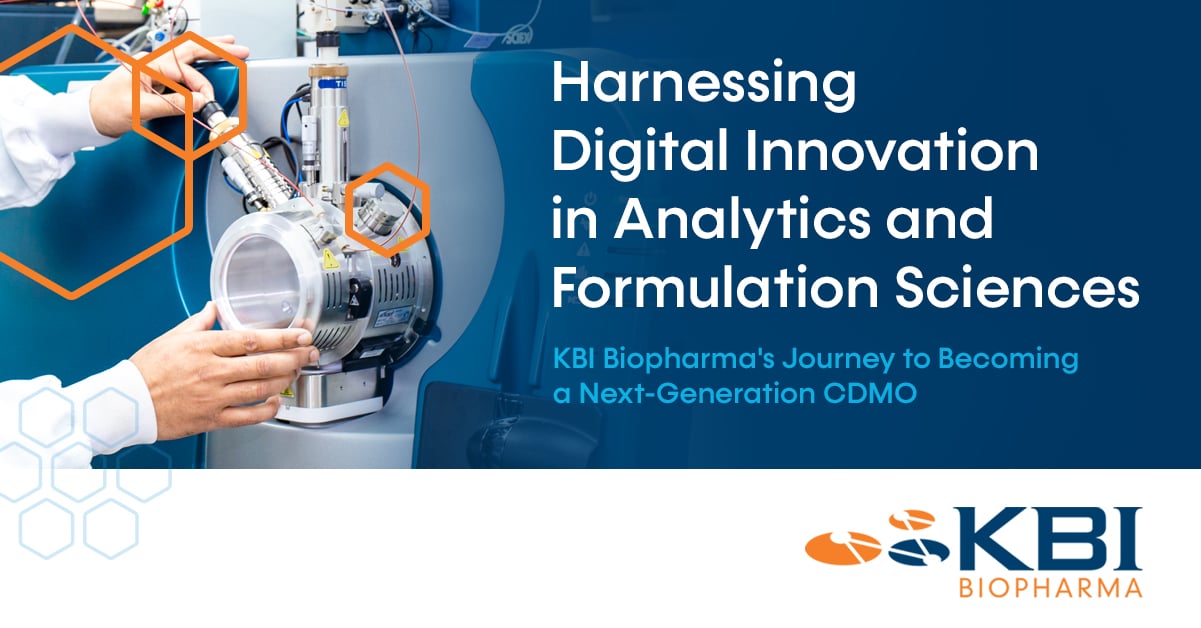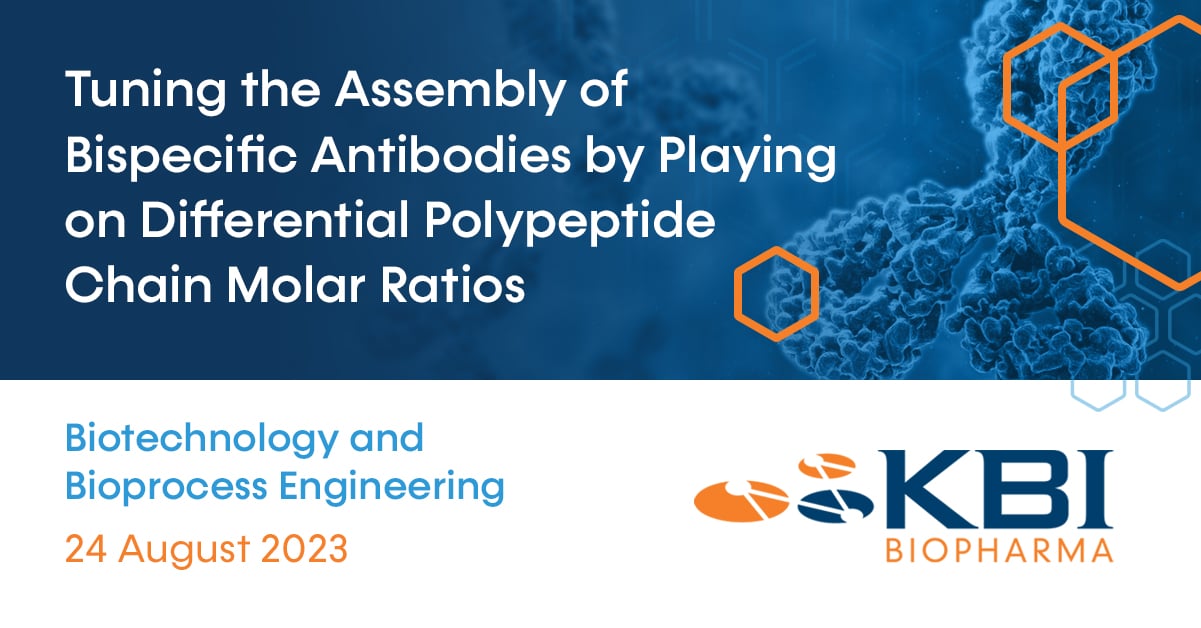Affinity chromatography is a commonly used technique to isolate biomolecules of interest (e.g., antibodies, enzymes, receptors) and is often a critical step in the development of biologics.
Despite its effectiveness, yield can vary based on the target molecule’s complexity. In standard monoclonal antibodies (mAbs) for example, the development of an affinity chromatography step is usually straightforward due to a wealth of historical knowledge that comes from having an extensive mAb portfolio. Standard mAbs typically demonstrate high dynamic binding capacity, high yields, and similar product quality outputs within the established operating ranges.
However, we often observe lower dynamic binding capacity with affinity resins for complex biologics that can lead to manufacturing facility fit constraints and lower yields. In addition, the more complex biologics tend to possess certain process- or product-related impurities after affinity steps that become particularly challenging to remove, oftentimes resulting in a very low-yielding purification process.
As the industry utilizes more sophisticated protein structures in the development of complex biologics, how do we optimize the affinity chromatography step to ensure higher yields for more efficient biomanufacturing at scale?
Improving Yields with Quality by Design
To help combat these challenges, we apply quality-by-design (QbD) as early as the initial development of an affinity chromatography step. Before process development is initiated, we identify potential critical quality attributes (CQAs) associated with a product and the target levels for those CQAs after completion of the purification process. We then shift our focus to determining the process parameters for the affinity step that may have an impact on these potential CQAs, which can be achieved through a process risk assessment such as FMEA.
Process parameters that are identified through the process risk assessment are studied through univariate or multivariate studies (e.g., design of experiments) to understand their impact on process performance for the affinity step through monitoring of yield and potential CQAs. Multivariate studies in particular are very powerful. They help to identify the optimal process conditions that serve to maximize yield and minimize unwanted process- and product-related impurities not as easily understood through univariate studies. Process characterization studies provide a better understanding of the operating space to help set acceptable ranges for process inputs that will feed into the control strategy for a process step.
The scientific knowledge gained from the development of other molecules is especially useful when attempting to develop an affinity step for a new product. This prior knowledge can help provide guidance for resin screening and recommend specific process conditions to evaluate initially.
Addressing Variability with Historical Knowledge
Affinity chromatography is routinely used as the capture step in purification processes. The variability coming from the upstream process can present challenges for setting in-process limits for process-related (e.g., residual HCP) and product-related (e.g., high molecular weight) impurities. Building and maintaining a dataset from bench, pilot, and manufacturing scales can help provide a better understanding of the variability that can be observed for a particular attribute and enable the establishment of in-process limits that are statistically driven by relevant data. Additionally, the completion of impurity spiking studies can help with setting in-process limits as these studies help to understand whether there is redundancy within a purification process to clear specific impurities that are of concern.
Gaining a full understanding of the process step through compilation of historical development/manufacturing data as well as through completion of process characterization studies will help to develop an effective process control strategy that will consistently ensure the desired process performance and product quality from batch to batch for a product.
If you are interested in learning more about KBI’s work in process development, you can reach out to our team.

 KBI Biopharma
KBI Biopharma


